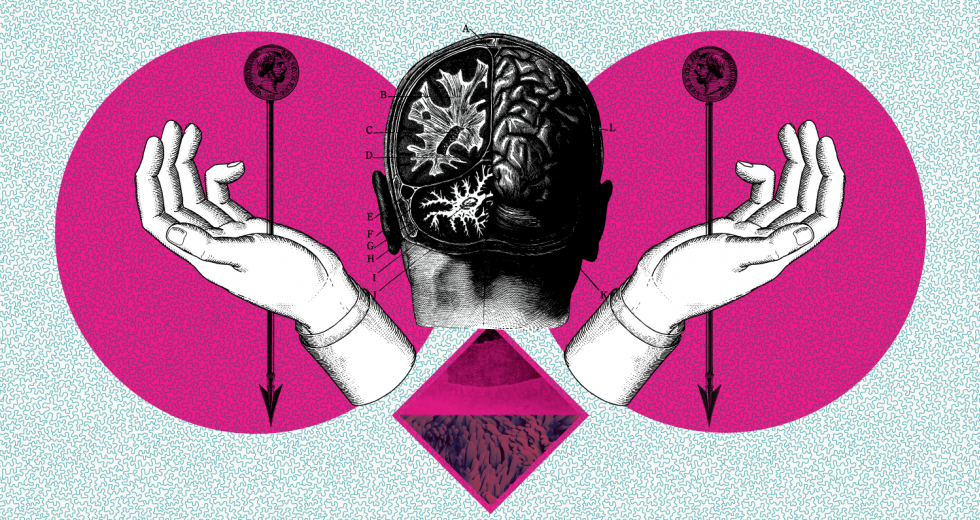Over 20 years ago, Peter Drucker, the American management consultant whose writings contributed to the foundations of the modern business corporation, said it was time America changed the way it addresses our ever-increasing social problems. Unfortunately, little has changed since then.
Poverty remains at 12 percent of the U.S. population, the number of foster youth endures at 400,000 and the number of people experiencing homelessness has nearly tripled. Meanwhile, society seems to have accepted this reality as unchangeable. Drucker pointed out that since World War II, the bulk of our welfare system’s budget has been allocated to entitlements. Yet year after year, while the funds continue to flow and dramatically increase, the social issues themselves continue to multiply and escalate.
It was Drucker who recommended that we grow our economy beyond the public and private sectors by adding the third, nonprofit sphere. Drucker wanted a recognized sector that would govern itself like our private and public counterparts, succeeding or failing based upon their own abilities to achieve their missions and deliver results.
Dan Pallotta, an American entrepreneur and humanitarian activist with one of the most viewed TED Talks of all time, points to the fact that our culture demands that nonprofits solve some of the world’s biggest problems without funds devoted to research and development, without advertising budgets and — worse — without the ability to lure prime talent with competitive salaries. Donors demand that 100 percent of nonprofit contributions be allocated to direct service when, in fact, those same dollars devoted to advertising, R&D and to competitive salaries could result in greater outcomes and thus more donors.
We’ve all heard the old adage about insanity (“doing the same thing over and over again and expecting different results”). The way society directs nonprofits to operate is insane. We need to drastically change our thinking, and we need to do it now. The world’s social problems are not going away; they are, in fact, growing. We must demand change in the nonprofit sector, and society must accept that the nonprofit sector must have the ability to operate with the same tools used effectively in the public and private sectors.
Our world has largely evolved by those willing to take risk, yet a nonprofit taking risk is cause for condemnation. If any of the Fortune 500 companies were to operate their companies the way we mandate our nonprofits to operate, says Pallotta, each and every one would be out of business in months.
How do we begin to turn this around? Here are three steps we think everyone could take to improve outcomes for nonprofits and the issues they serve:
• Expect significant impact from the nonprofits you support.
• Reward with charitable contributions the nonprofits who are visionary and who create meaningful change.
• Demand that nonprofits market themselves in order to best fulfill their mission and leverage the dollars raised.
Society needs to raise its expectations of the nonprofit community at every level, and the nonprofit community needs to raise its expectations of itself. In the private sector, this is what everyone would call good business.




Comments
Here, Here!!
Speaking of insanity, I must have been a tad insane to reserve with my Mom's help 650 seast to the final regular season soccer match of the Sacramento Republic. We invited many non-profits to join our fun-friend-awareness raising event. Our first edition event is themed Kick Cancer to honor those that fought the fight and continue to battle the illness. One of the goals is to build bridges between the many organizations that independently work to end human suffering. I think our next event will be such named, Kick Human Suffering Off The Earth". If you want to join us for this grass roots event please visit www.Relentless Republic650.org.
With rising costs and reduced funding, it is getting harder and harder for nonprofits to continue to provide needed services. For example, the average cost of providing community services to adults with developmental disabilities is $75,000 per person per year, yet the average cost of providing those services in a State institution is over $500,000 per person per year. While the State has not provided increases to community programs since 2006, dwindling nonprofit resources, and regulations limit what nonprofits can do to generate additional funding. This has created a never ending struggle to adequately fulfill nonprofit missions. Sadly many community services have already closed, and more programs and services will be closing without the ability to generate additional resources.